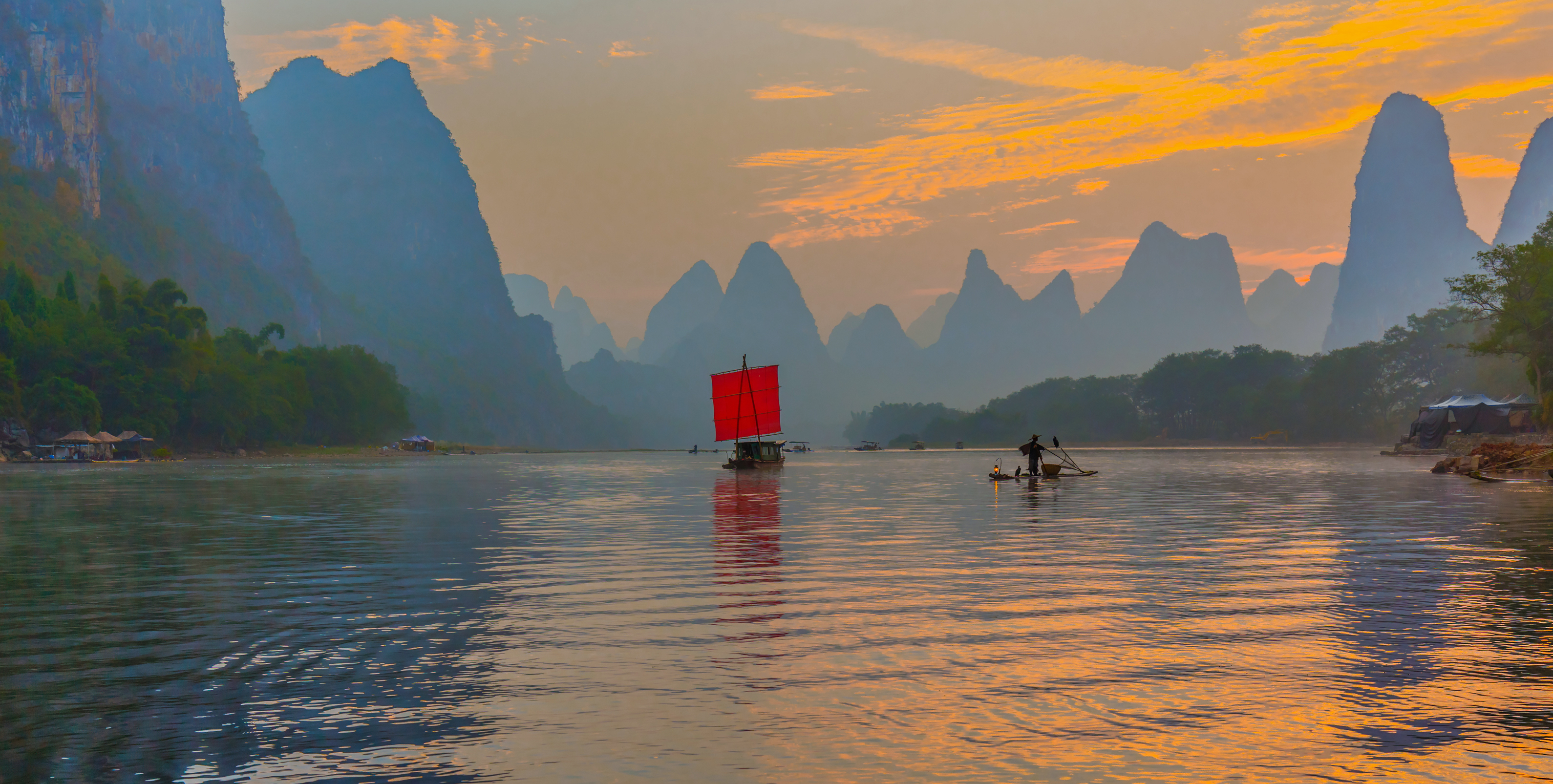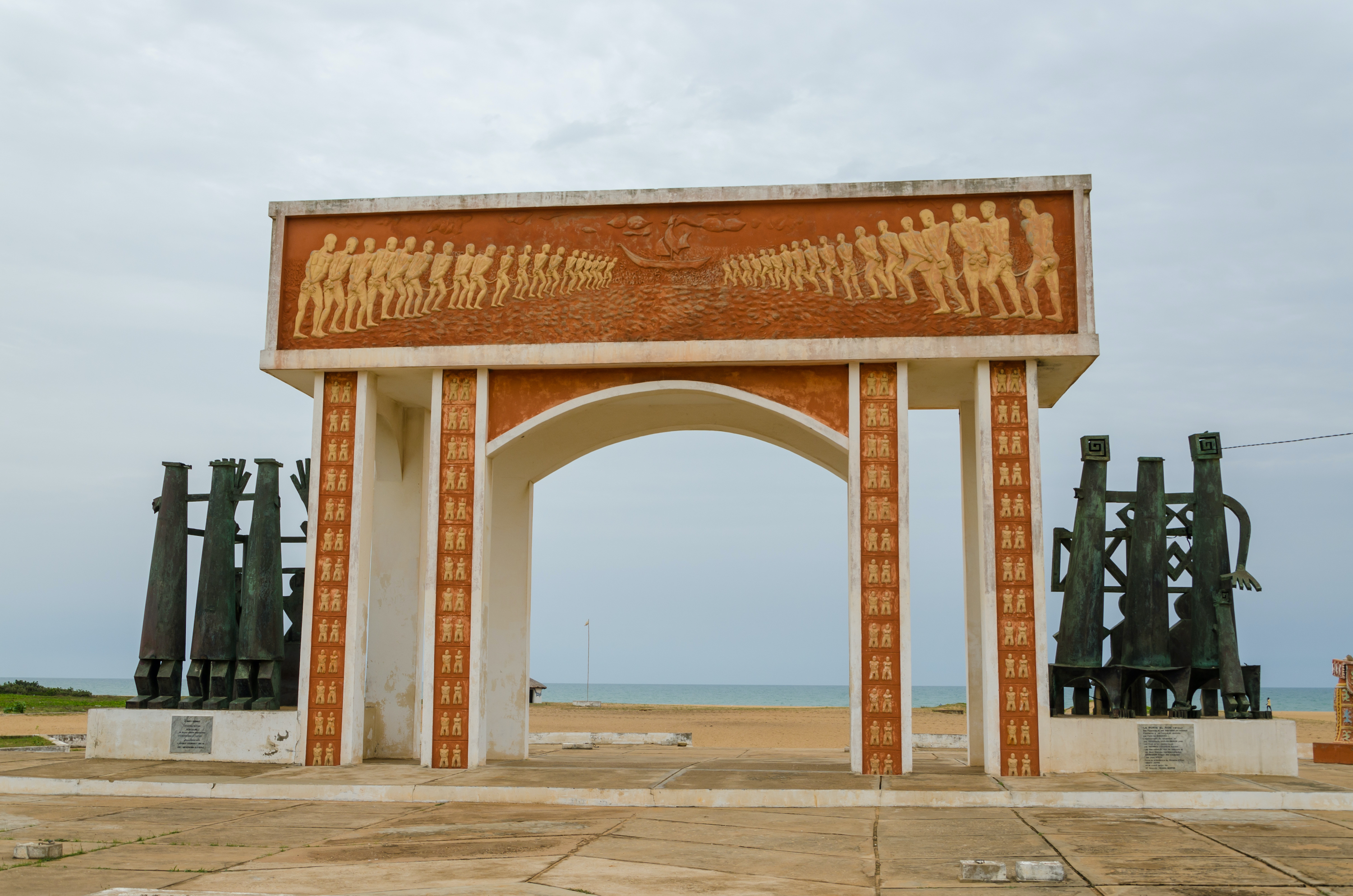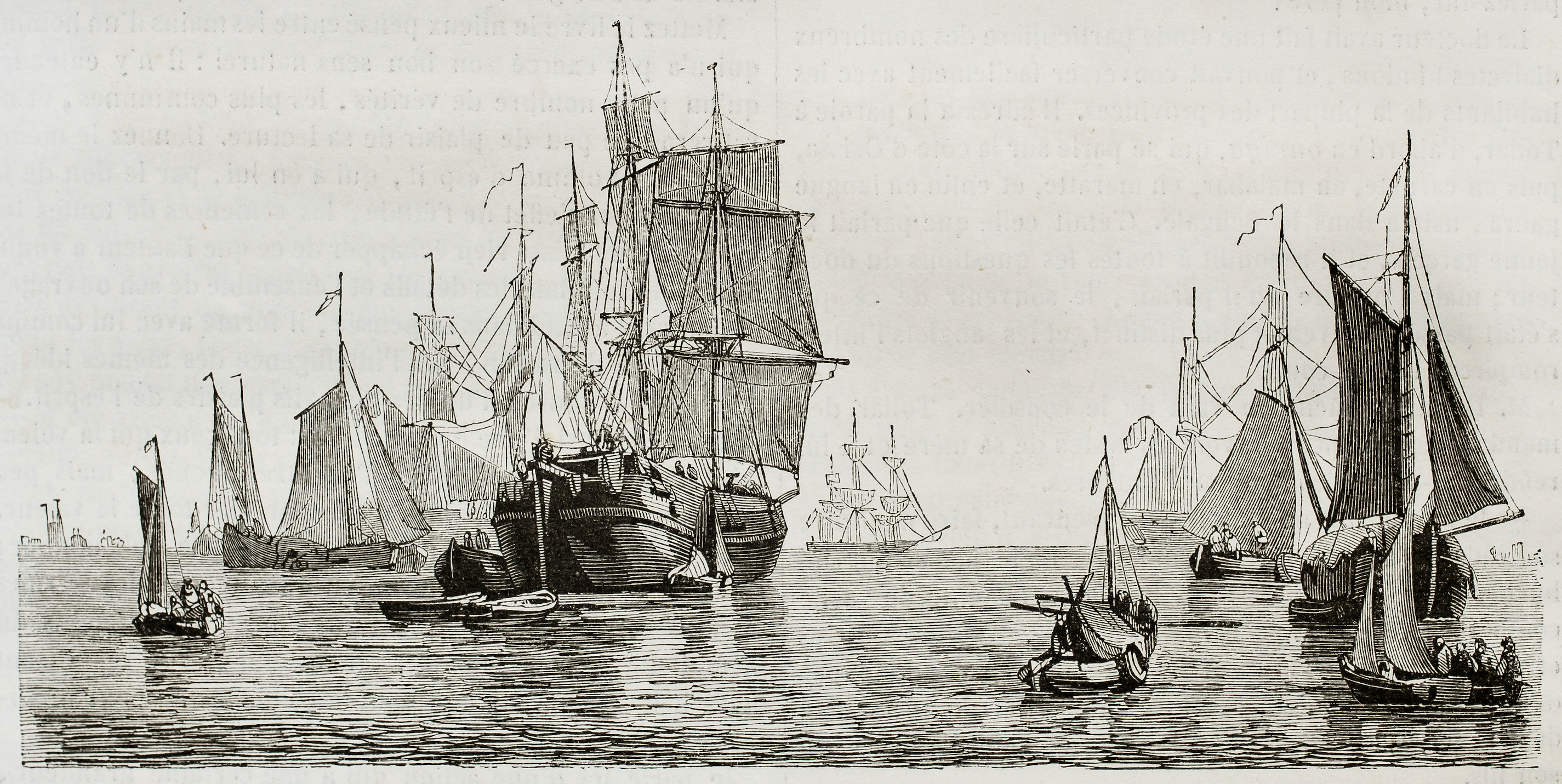When we think about the world, we have to begin in our first experience of time, which is in the pulse of our own bodies – the ways in which our heartbeat and the rhythms of our body take us on a journey, from the very beginning of our consciousness through our stages of development, towards death. That experience of rhythm is always entangled with that experience of other bodies: first of all, the rhythms of our mother’s body, and then the rhythms of those that surround us. Human beings, from the very beginnings of language, have been telling stories about how this particular experience of embodied consciousness was connected to nature – that cycle of day to night, through the seasons, through the year – and that experience of living with other people.
The world in 1500 was one that was already profoundly connected by the ways in which people walked across land, where it was possible; where they followed the flows of water; and where they moved across water in pursuit of high-value commodity. If we think about how human beings lived in the world in this period, most tended to live very, very close to where they were born and where they grew up – but with an awareness of people living very far away. So, they accepted that this was a world which was disconnected, in terms of material connections. It was already deeply connected in terms of the stories which travelled with people across the space of the world. The global population in 1500 was about 500 million; probably around 60% of the world’s population lived in China at that time. If we looked at the world’s economy, again, probably more than half was in China at that time. The forms of connection which existed in Europe and Asia, following the river systems, following the valleys between the mountains, also existed in Africa and the Americas.


